Thriving in a World of Cultures
As part of marking South Asian Heritage Month, Lambeth GP Dr George Verghese talks about the wide range of distinct cultures in India – and having people from more than 100 countries on his practice list.
Q: You were born in Kerela, at the very south western tip of India. Tell us about your journey to being a Waterloo GP and clinical lead in Lambeth primary care.
George: Kerela is quite an interesting place as even when I was a child it had a 90% literacy rate which was unusual in those days. The Communist Party had a big role in local government. My family are Syrian Catholics but I am very much South Asian; ethnically I’m Indian. All my extended family are still in Kerela, apart from my parents and sister.
My father was an engineer so we moved around quite a bit. We were in Tehran before the 1979 Iranian revolution and we arrived in Britain in the early 1980s after a few places in Europe. The people in Kerela speak Malayalam but while I can still understand it, I can’t really speak it.
And the term South Asian covers eight countries but even within India there’s an enormous range of languages and cultures, isn’t there?
Yes, I’m aware of that every day because I married a Punjabi Sikh woman from the north of India. There is a Malayali community in London and there are cultural events and even medical events here. I haven’t had too much involvement over the last four or five years though. We all celebrate Diwali and a festival that is almost like harvest festival, giving thanks for food and a good harvest essentially. Being a Syrian Catholic means we also have the big Christian days of Easter and Christmas.
And you’ve mostly worked in south London after studying medicine at Imperial College?
George: I worked as a hospital doctor for seven years: I did the rounds but mostly in south London at St George’s and also the Royal Free in Hampstead. I started as a salaried GP at Waterloo Health Centre 13 years ago before becoming a partner.
Our practice doesn’t have a particularly large South Asian population but that’s because the area is so diverse that no single group dominates our patient population. That diversity is really attractive professionally – I think we have patients from more than 100 ethnicities or countries. It keeps it interesting and that’s why I’ve been happy in the same practice for 13 years.
You’ve been a doctor for 20 years. Do you think the NHS is better at supporting our diverse communities than when you started out?
George: We are definitely better at recognizing that there’s no standardised community and that we need to do things that are personalized for the patient in front of us. When I was at medical school I think the education was very much based on how we would care for a 75kg white man.
Particularly in primary care, it’s so important to understand the biomedical, social and psychological frameworks that shape the life of the patient in your consulting room.
If you could have one wish magically granted that would improve the health of the community in South East London, what would it be?
George: I think it is to optimise the data around health inequalities. For example, for our South Asian population diabetes and cardiovascular risk are things that we can do a lot better on. I’d like to somehow influence the engagement around the tools that we have so they are much more culturally specific. It’s difficult because, as I said the food and culture of different parts of South Asia vary so widely. So we need some sort of translation that allows personalised care for everyone by making the best use of community resources. It means that the expert patient, expert by lived experience is really important.
